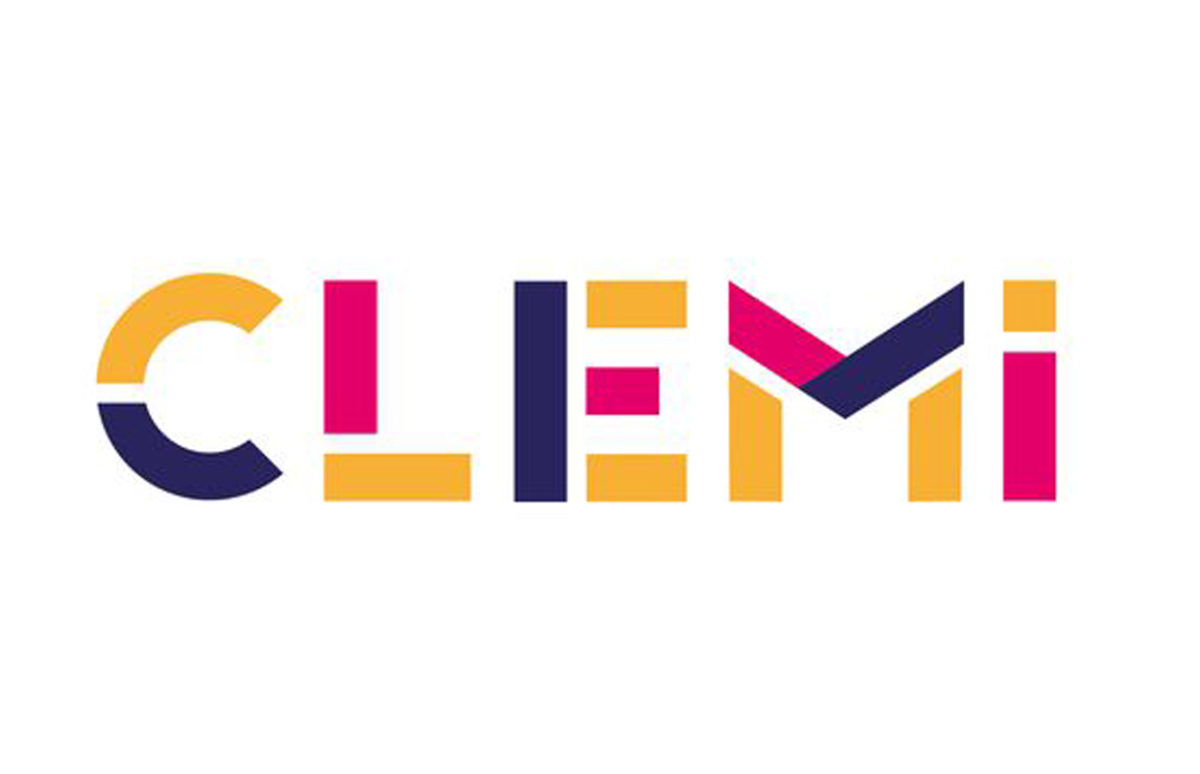Every year the Semaine de la presse à l'école encourages teachers to work on media literacy with their pupils, by examining the press and having pupils turn their hands to reporting themselves. It's a wonderfully realistic activity for language learners. There is a really excellent teaching pack with so many ideas in that you can carry on a media literacy theme not just for a week but a month or a whole year!
The Semaine de la presse (19-24 March) aims to develop media literacy, which fits well with the éducation aux médias curriculum.
There is an excellent teaching pack provided. It’s in French but many of the ideas can be applied to language teaching classes, and it’s also an opportunity to work on cross-curricular projects with colleagues teaching French, history-geography or science.
The theme of this year’s edition is “Where Does News Come From?”, and it encourages pupils to use critical and analytical thinking.
The Teaching Pack has information sheets and teaching suggestions. The information sheets cover everything from YouTubers to fake news, hidden advertising and how to cope with pupils quoting conspiracy theories in class. The teaching suggestion themes cover datavisualisation (getting pupils to manipulate and better understand statistics), fact-checking, spotting advertising and product placement on YouTube, and an interesting debate on whether staff journalists can Tweet their own opinions, based on a real-life case at the New York Times.
Going Beyond the Headlines
A possible theme with older collège and lycée classes would be “Going Beyond the Headlines”. Headlines have always been important to newspapers, to attract readers to buy or read articles. But in these days of online media, headlines are even more important, as they are often all that appear in news feeds. Online journalists are experts in writing “click-bait” headlines, to attract surfers to click on the link. There can be an economic reason for this – the more clicks an article gets, the more advertising revenue the site makes. And so it can be tempting to overplay the headline to get the click. Have pupils examine a number of headlines and the articles they lead to and ask themselves if the article fulfils the promise of the headline.
For more ideas,
see our A2-B1 Ready to Use Resource "What's in the News?"
and our Media Literacy and Fact-Checking Webpicks.
And do get your classes to enter our journalism competition!
Copyright(s) :
CLEMI
> Media Literacy Online Resources
> April Fools Fact-checking Resources
Tag(s) : "critical thinking" "EMI" "journalism" "march" "media" "media literacy" "news" "opinion" "statistics" "teaching pack" "twitter" "YouTubers"





